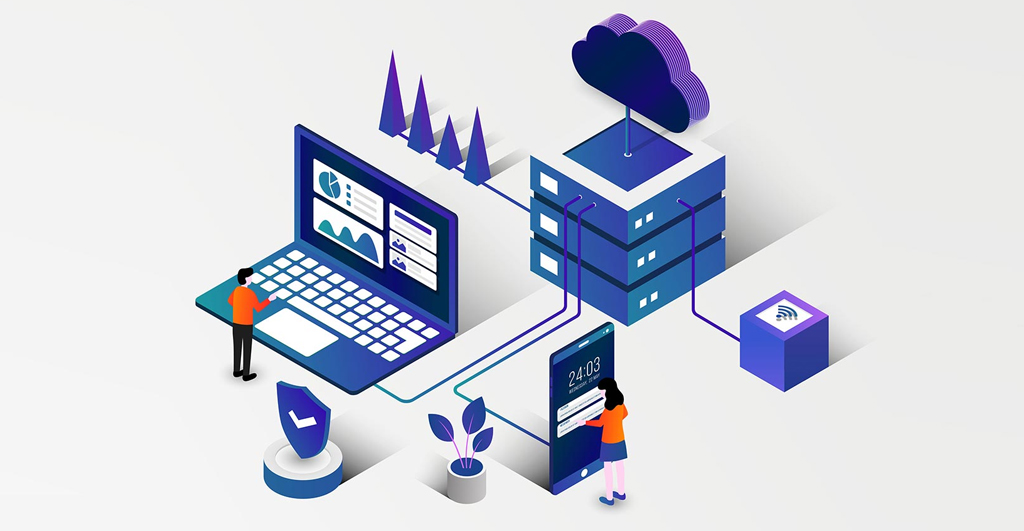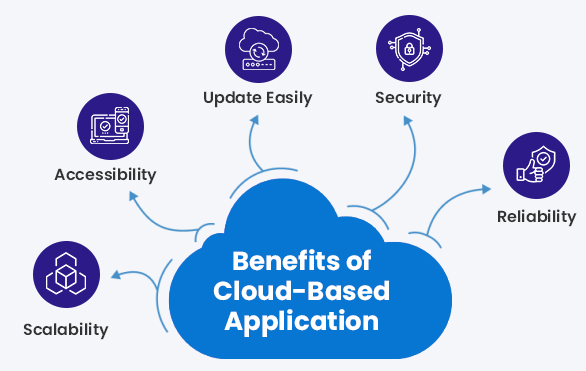
“Send the file to the drive. I’ll check it.”
“Upload the file and give me permissions. I will check as soon as I have time.”
“Let us edit the file together, Ping me once you are online.”
Don’t these statements, and many like these, state that they have saved organizations time, energy, effort, and resources?
If we gave a name to the above example, it would be called Google Drive. This cloud application has made life easy, literally. And we are sure everyone will agree with us.
With the increase in cloud apps and services, the development of cloud-based applications is on the rise. Therefore, this article will help you to switch to cloud-based apps in case you have not done yet. And if you are using a cloud-based application, go through the article to ensure your making the most of it.
What is a Cloud-Based Application?
To define, a cloud-based application is an application that is hosted and runs on a remote server, typically provided by a cloud computing service provider, instead of being installed and run on a user’s local computer or device. Cloud-based applications can be accessed from any device with an internet connection and a compatible web browser or app.
In short, if you use Google Drive, you do not need a physical Google server installed in your office. Even if you use Salesforce, you just need to install the application, which can be used on all compatible devices.
Cloud applications also involve web-based and progressive web apps that are increasing in popularity.
This is because cloud-based applications are built using cloud computing technologies and infrastructure, allowing scalability, high availability, and flexible resource allocation. Users of cloud-based applications can access their data and software from anywhere, at any time, without the need for local storage or hardware.
Benefits of Cloud-Based Application

Cloud Applications are already playing a prominent role in the IT industry. They are widely used for collaboration, data storage, and management, SaaS, IaaS, and PaaS offerings. Examples of cloud-based applications include email clients, document editors, video conferencing tools, social media platforms, and more.
Cloud-based applications offer numerous benefits over traditional locally installed applications.
Let us look at them briefly.
To Sum It All Up
Cloud application development offers numerous benefits that make it an attractive option for businesses of all sizes. From increased scalability and flexibility to cost savings and improved collaboration, the advantages of cloud development are hard to ignore.
Cloud applications can also be designed and deployed quickly, enabling businesses to respond rapidly to changing market conditions and customer needs. With the ability to access applications and data from anywhere, cloud development can help companies to become more agile and competitive.
However, it’s essential to remember that cloud development is not a one-size-fits-all solution, and organizations should carefully evaluate their needs and goals before making the switch. Security, reliability, and vendor lock-in are essential factors when choosing a cloud provider and developing cloud applications.



